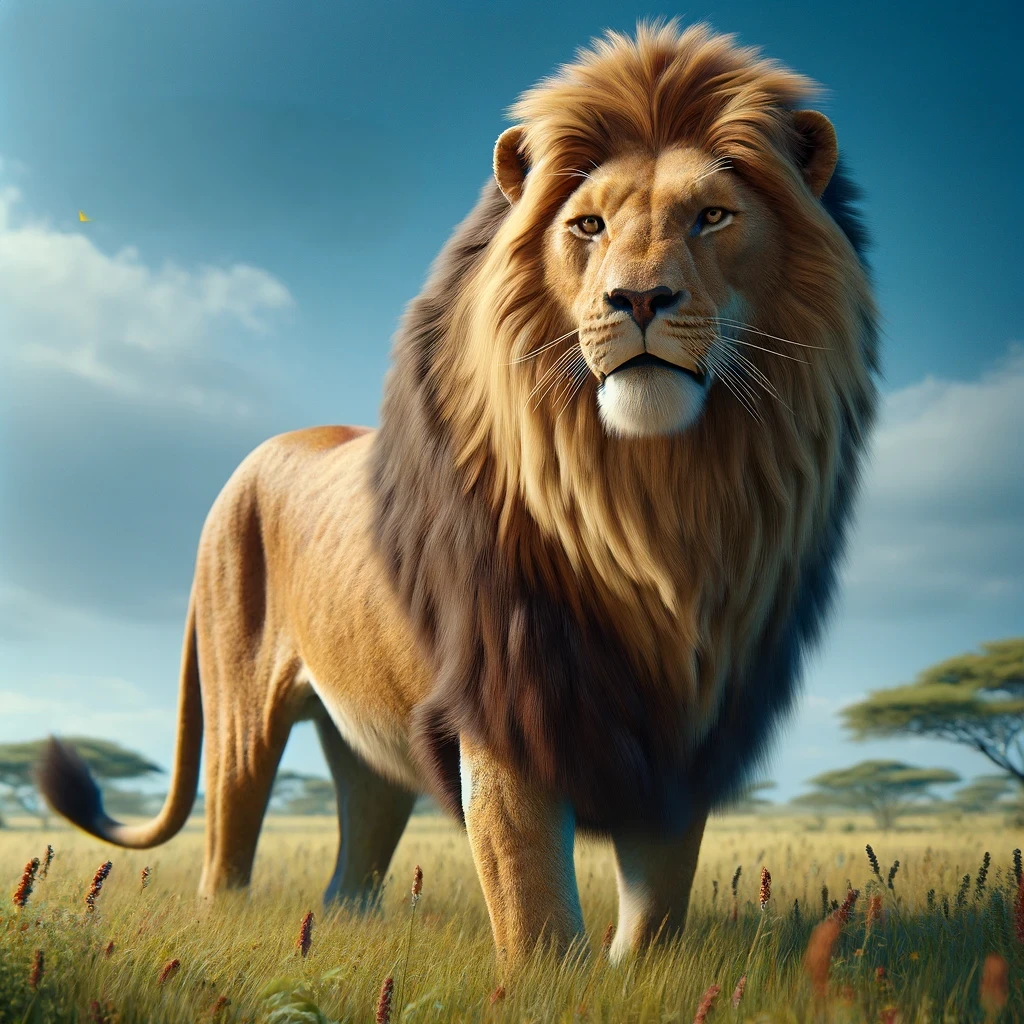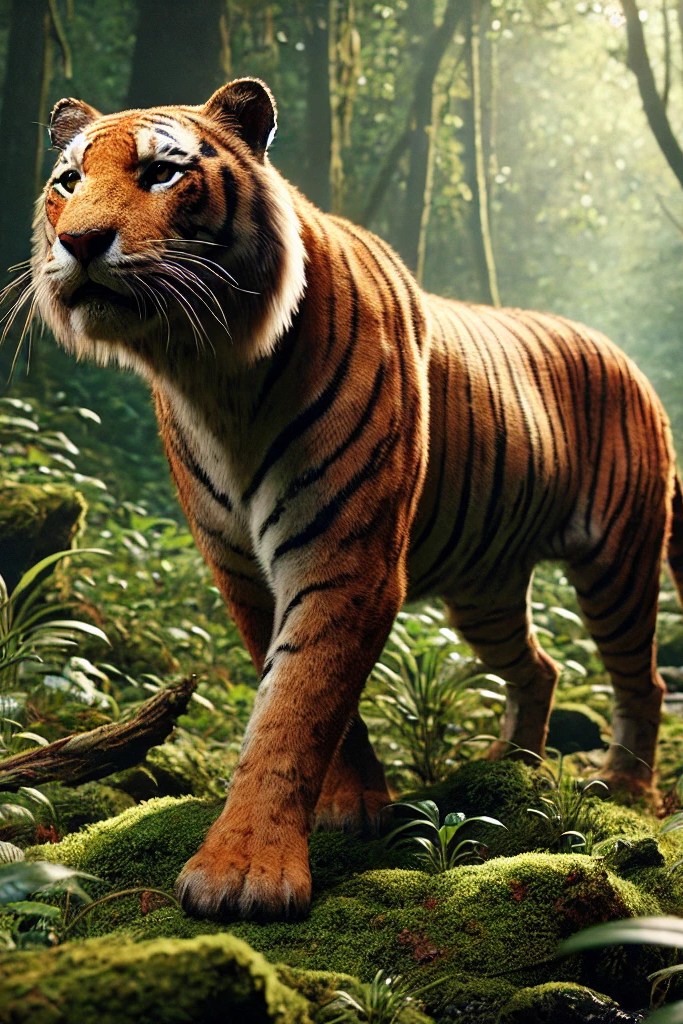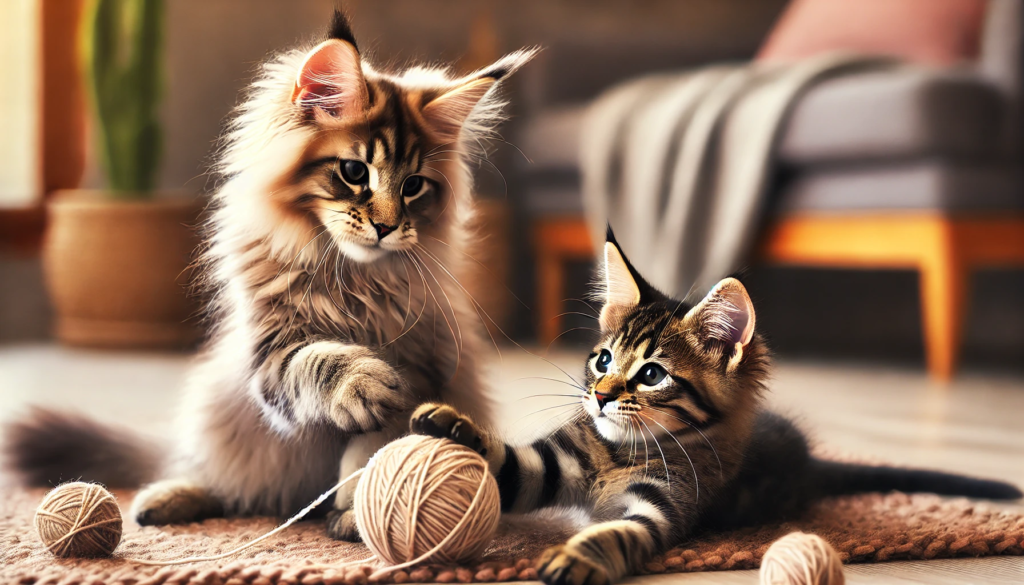Discover the Secrets of Big Cats and Their Giant Domestic Relatives!

Big cats have long fascinated humans with their majestic presence, strength, and beauty. But what exactly constitutes a “big cat,” and how do these magnificent creatures compare to our domestic felines, particularly some of the larger breeds like the Maine Coon and Savannah cat? This article delves into the world of big cats, exploring their characteristics, behaviors, and their closest domestic counterparts.
The Five Big Cats
The term “big cat” generally refers to members of the Panthera genus, which includes:
- Lion (Panthera leo): Known as the “king of the jungle,” lions are social animals that live in prides.
- Tiger (Panthera tigris): The largest of the big cats, tigers are solitary hunters with a powerful build.
- Leopard (Panthera pardus): Agile and versatile, leopards are known for their adaptability to various habitats.
- Jaguar (Panthera onca): Native to the Americas, jaguars are strong swimmers and often hunt in water.
- Snow Leopard (Panthera uncia): Inhabiting mountainous regions of Central and South Asia, snow leopards are elusive and well-adapted to cold environments.

Domestic Giants: The Maine Coon and Savannah Cat
How Big Do Savannah Cats Get?
Savannah cats, a hybrid between a domestic cat and a serval (a wild African cat), can grow significantly larger than typical house cats. They can weigh between 12 to 25 pounds, with some even reaching up to 30 pounds. Their height at the shoulder can be around 14 to 17 inches, making them one of the tallest domestic cat breeds.
How Big Can Maine Coon Cats Get?
Maine Coons are among the largest domesticated cat breeds. Males typically weigh between 13 to 18 pounds, but they can sometimes exceed 20 pounds. Females usually weigh between 8 to 12 pounds. A full-grown Maine Coon can measure up to 40 inches in length from nose to tail tip, with a height of about 10 to 16 inches at the shoulder.

Why Are Maine Coon Cats So Big?
The impressive size of Maine Coon cats is attributed to several factors:
- Genetics: Selective breeding has played a significant role in developing their large size.
- Adaptation: Originating from the harsh climates of Maine, their large bodies may have helped them conserve heat.
- Diet: Proper nutrition during their growth stages contributes to their overall size.
How To Tell If a Maine Coon Will Be Big
To determine if a Maine Coon kitten will grow into a large adult, consider these factors:
- Parent Size: Large parents often produce large offspring.
- Growth Rate: Kittens that grow rapidly in their first year are likely to become larger adults.
- Bone Structure: Heavier bone structures typically indicate a larger final size.
Comparing Big Cats with Domestic Cats
The Closest Big Cat to a Domestic Cat
The cheetah (Acinonyx jubatus) is often considered the big cat most similar to domestic cats due to its relatively small size compared to other big cats and its more docile nature.
The Most Domesticated Big Cat
While no big cat is truly domesticated in the same sense as house pets, cheetahs have been kept by humans for thousands of years for hunting purposes due to their relatively tame demeanor.
The Friendliest Big Cat
Cheetahs are also considered one of the friendliest big cats towards humans, often showing less aggression compared to others like tigers or leopards.
Big Cats in Captivity and Legislation
States with No Big Cat Laws
In the United States, regulations regarding big cat ownership vary by state. Some states with no specific laws against owning big cats include Nevada, Wisconsin, Alabama, North Carolina, and South Carolina.
The Easiest Big Cat to Tame
Cheetahs again stand out as being easier to tame compared to other big cats due to their less aggressive nature and historical association with human handlers.
Safety and Aggression Among Big Cats
The Safest Big Cat
Cheetahs are considered safer than other big cats for human interaction due to their lower aggression levels.
The Deadliest Big Cat in the World
The tiger holds this title due to its sheer power and number of fatal attacks on humans recorded over centuries.
Domestic Cats vs. Wild Counterparts
Why Are Some Maine Coons Not Big?
Not all Maine Coons reach massive sizes due to genetic diversity within the breed. Factors such as diet, health conditions during growth stages, and lineage play crucial roles.
Norwegian Forest Cats
Similar in size and appearance to Maine Coons, Norwegian Forest Cats also possess robust physiques adapted for survival in cold climates.
Future of Domestication
Will Big Cats Ever Be Domesticated?
True domestication of big cats is unlikely due to their complex social structures, territorial behaviors, and physical needs that differ significantly from those of domestic pets.
Conclusion
Understanding big cats and their domestic relatives provides insight into the fascinating world of feline diversity. While our household pets may share some traits with their wild cousins, significant differences remain that underscore the unique adaptations each group has developed over time. Whether marveling at the grandeur of a lion or enjoying the company of a gentle giant like a Maine Coon, these creatures continue to captivate our hearts and minds.
“`


